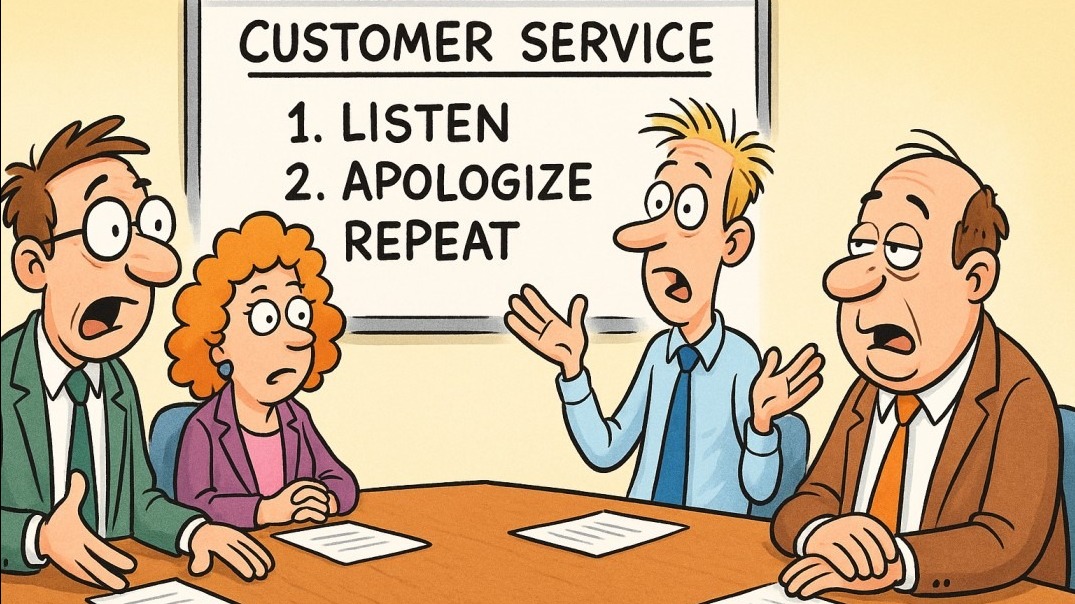
Understanding Customer Frustrations: A Path to Trust and Safety
In today's world, customer service isn't just a consideration; it’s the bedrock of trust between law enforcement and the communities they serve. Whether it’s navigating bureaucracy or enduring long wait times, many individuals find themselves facing hurdles that can hinder the vital relationship between the police and the public. The reality is that several common practices in customer service can inadvertently create mistrust, especially in the realm of public safety.
Identifying Pain Points: The First Step Toward Improvement
Numerous studies reveal that a significant number of individuals dislike repetitive paperwork or navigating complex systems when they interact with law enforcement agencies. For example, those filing incident reports often encounter not only complex forms but also a lack of support during these stressful times. This can exacerbate feelings of dissatisfaction and inhibit community engagement. Recognizing these pain points is crucial—knowing what citizens dread can help police departments enhance their service models.
Aligning Public Trust with Effective CX Strategies
To foster a deeper community connection, law enforcement approaches must align with customer experience (CX) strategies that prioritize transparency and efficiency. By leveraging data analysis to understand community sentiment and needs, departments can craft policies that resonate better with the public. For instance, integrating AI tools in handling reports or facilitating digital engagement through simpler online interfaces can significantly enhance the overall experience while promoting community safety.
The Value of Empathy: Humanizing Law Enforcement Interactions
Empathy plays a critical role in transforming police encounters. When officers are trained to prioritize emotional intelligence and active listening, it can dramatically shift the perception of law enforcement from an authoritative presence to a supportive community partner. This shift emphasizes the importance of relationship-building efforts that resonate emotionally with the public, paving the way for increased cooperation in crime prevention initiatives.
The Role of Transparency and Accountability
In an era focused heavily on ethical policing, organizations must operate transparently to build trust. Community policing initiatives that involve open forums allow officers to directly engage with residents, fostering a shared sense of security. When communities feel their voices are heard, it leads to greater public safety collaboration, amplifying the overall effectiveness of policing strategies.
Moving Forward: Strategies for Safer Communities
As law enforcement agencies strive to improve public interactions, instituting accessible communication strategies and guaranteeing accountability will lead to a stronger trust index within communities. Moreover, adopting innovative approaches—such as real-time crime data strategies—can equip officers with the tools necessary to respond to situations effectively, further enhancing safety measures. Embracing these changes will ultimately encourage collaboration among citizens and law enforcement, allowing for a proactive approach to public safety.
Take Action: Embrace Change to Build Trust
For those engaged in law enforcement, it's essential to recognize that transforming the customer experience is not merely about improving services; rather, it is about building the foundation of trust and accountability essential for community safety. By understanding customer frustrations and leveraging modern solutions, policing can evolve into a more community-oriented practice, resulting in safer neighborhoods for everyone.
 Add Row
Add Row  Add
Add 

 Add Element
Add Element 




Write A Comment